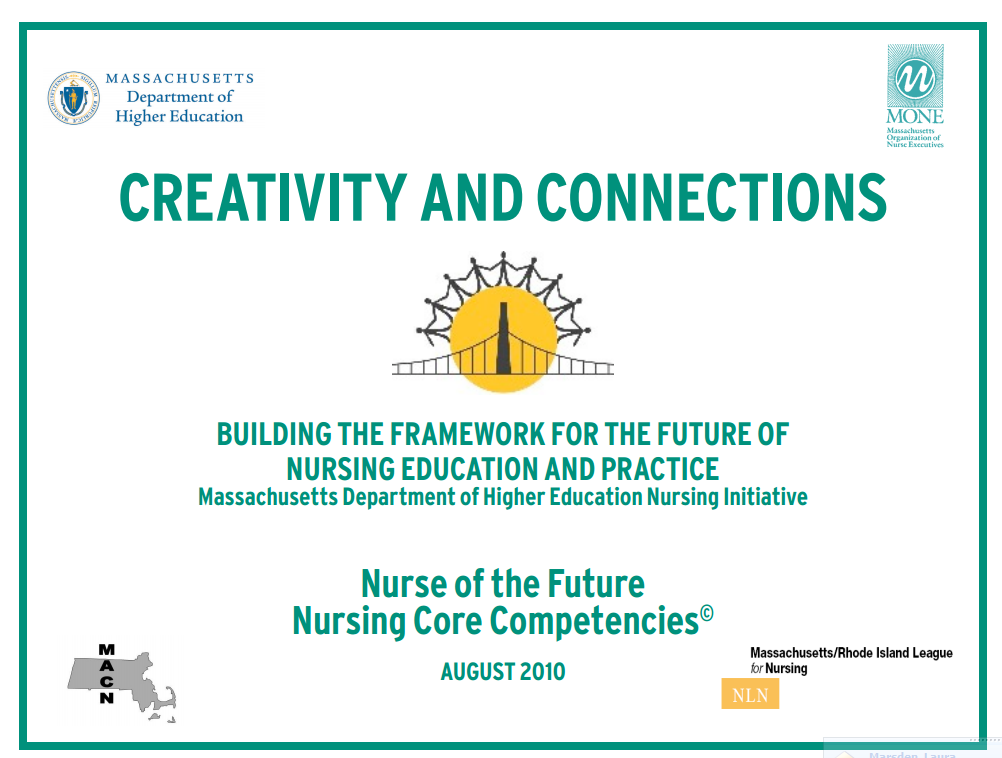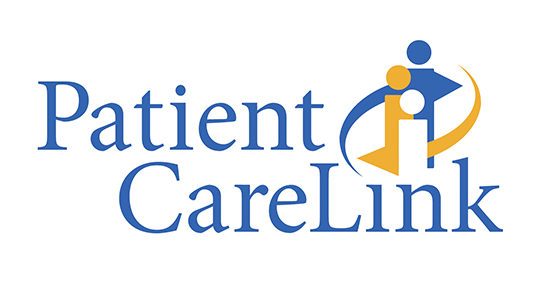AHRQ's funds individual researchers, research centers, and academic organizations to work together with the Agency for Healthcare Research and Quality (AHRQ) to produce effectiveness and comparative effectiveness research for clinicians, consumers, and policymakers. AHRQ is the lead Federal agency charged with improving the quality, safety, efficiency, and effectiveness of health care for all Americans. As one of 12 agencies within the Department of Health and Human Services, AHRQ supports health services research that will improve the quality of health care and promote evidence-based decision making.
The Effective Health Care Program:
- Reviews and synthesizes published and unpublished scientific evidence.
- Generates new scientific evidence and analytic tools.
- Compiles research findings that are synthesized and/or generated and translates them into useful formats for various audiences.
The Effective Health Care Program produces three primary products:
- Research reviews: These comprehensive reports draw on completed scientific studies to make head-to-head comparisons of different health care interventions. They also show where more research is needed.
- Original research reports: These reports are based on clinical research and studies that use health-care databases and other scientific resources and approaches to explore practical questions about the effectiveness - or benefits and harms - of treatments.
- Summary guides: These short, plain-language guides - tailored to clinicians, consumers, or policymakers - summarize the findings of research reviews on the benefits and harms of different treatment options. Consumer guides provide useful background information on health conditions. Clinician and policymaker guides rate the strength of evidence behind a report's conclusions. The guides on medications also contain basic wholesale price information.
For further information, please follow one of the following links:
The Effective Health Care Program
Research Summaries for Consumers, Clinicians, and Policymakers
Tools and Resources
Search for Guides, Reviews, and Reports
Research Available for Comment
Submit a Suggestion for Research
Submit Scientific Information Packets
Comparative Effectiveness Research Grant and ARRA Awards
News and Announcements
What Is Comparative Effectiveness Research
Who Is Involved in the Effective Health Care Program
AHRQ Offers New Version of its Quality Indicators™ Toolkit
A new version of the AHRQ Quality Indicators™ Toolkit for Hospitals (QI Toolkit) is available to help acute care facilities improve inpatient quality performance.
Using this free QI Toolkit offers hospitals the opportunity to:
- Improve performance on two sets of AHRQ Quality Indicators, 18 Patient-Safety Indicators (PSIs) and 28 Inpatient Quality Indicators (IQIs).
- Measures hospital quality using available inpatient data to assess the quality of care, identify areas that need improvement, and track performance over time.
- Approach quality improvement work from various levels of readiness. Facilities can select any of the 33 tools available to meet their specific hospital quality needs. The tools are designed for multiple audiences, including senior leaders, analysts, and multidisciplinary improvement teams.
- Take advantage of "Best Practices" for 14 PSIs, including information to determine where gaps exist and suggestions for hospitals regarding improvement, process steps, and additional resources.

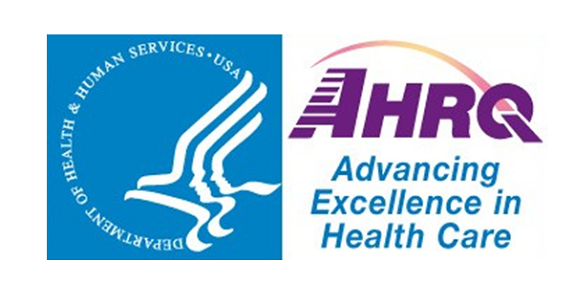
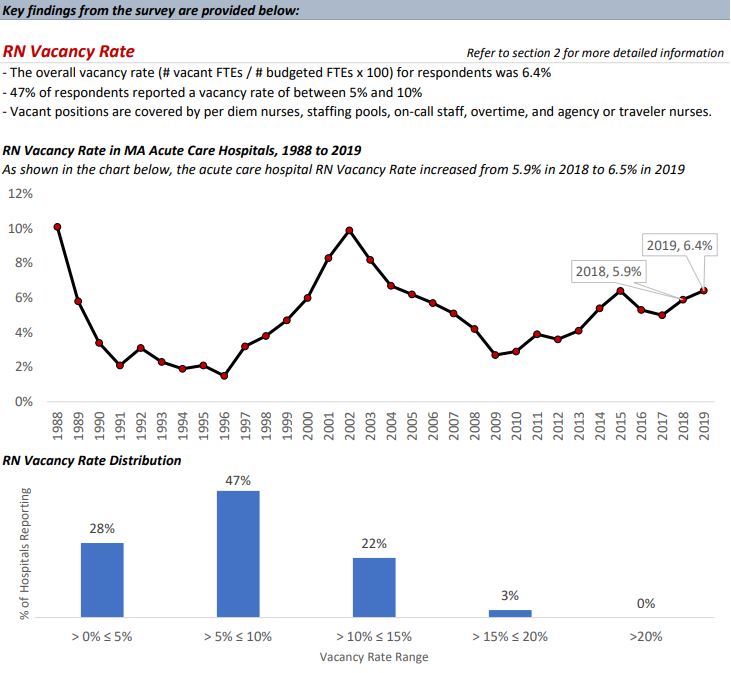
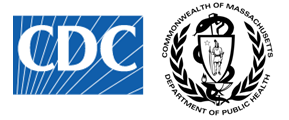
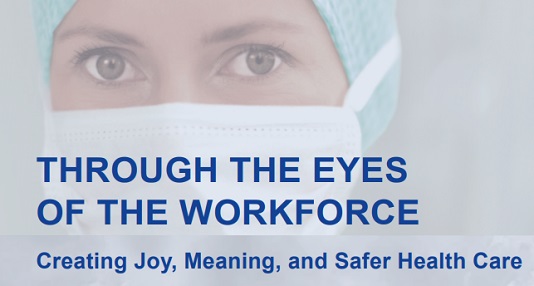 Through the Eyes of the Workforce: Creating Joy, Meaning, & Safer Health Care
Through the Eyes of the Workforce: Creating Joy, Meaning, & Safer Health Care


